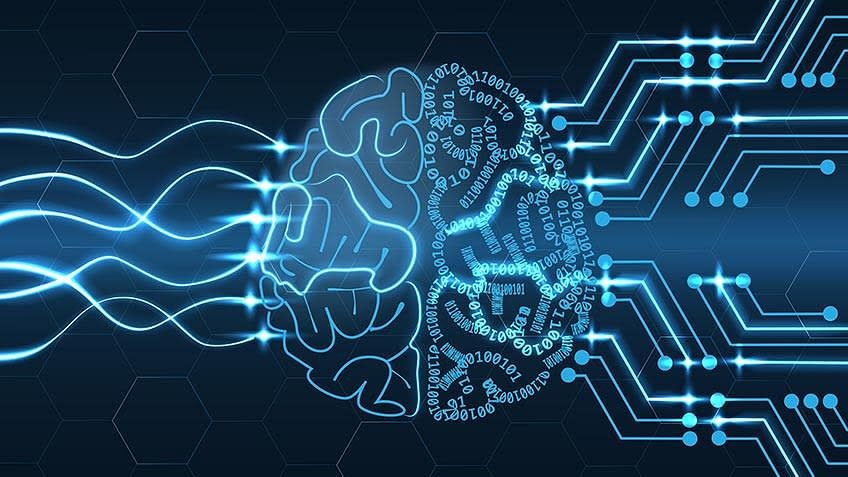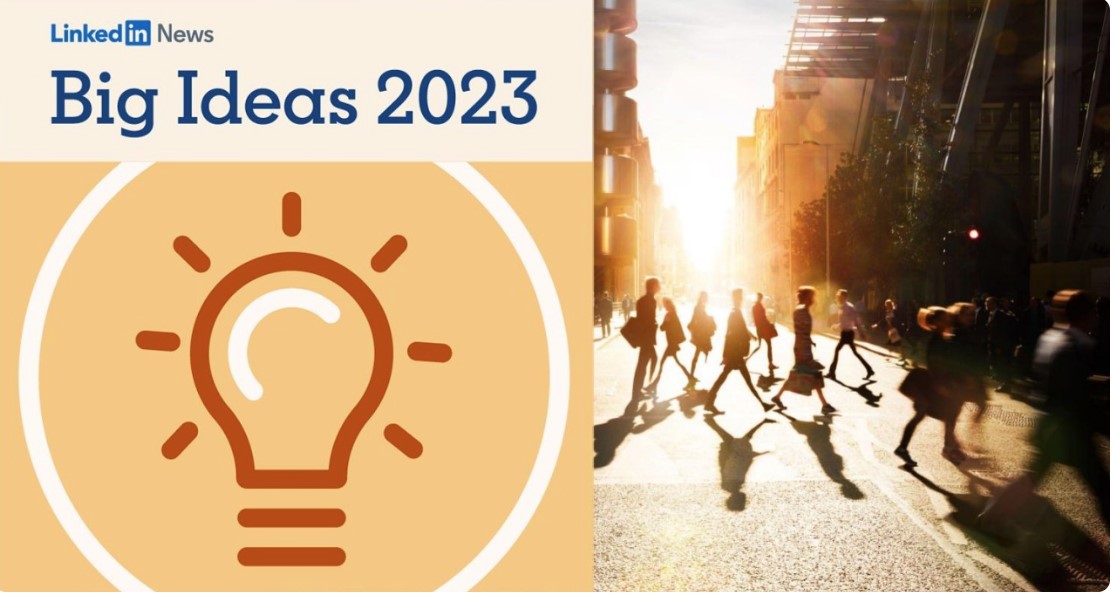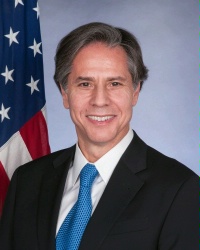
By Vanessa Boumelhem — catholicweekly.com — While millions of young people gathered around the pope in the streets of Lisbon, Portugal for World Youth Day, a similar gathering took place in the streets of Lebanon, where thousands of Catholic youth unable to be in Portugal came together for their own celebrations. The event was organised by 300 volunteers from all different Catholic rites under the youth committee of the Assembly of Catholic Patriarchs and Bishops of Lebanon. Under the World Youth Day theme, “Mary arose and went with haste,” Lebanese Catholic youth gathered for prayer, Eucharistic Adoration and catechesis, bringing forth a strong message of hope and faith in times of hardship and adversity. Though crisis-stricken and marred by worsening economic conditions, the youth were able to renew their hope and strengthen their faith, sending a message to Lebanese Catholics across the world.
This week, the Australian Maronite Catholic community welcomed our Patriarch, His Beatitude and Eminence, Patriarch Mar Bechara Boutros Cardinal Rai, Patriarch of Antioch and all the East, to Australia primarily to celebrate the Golden Jubilee Mass. He will also preside over the Sixth Congress of Maronite Bishops of Eparchies outside the Patriarchal Territory and General Superiors of Maronite Religious Orders. As the eparchy celebrates its golden jubilee, we recognise that this milestone has come as a result of the unwavering strength of the Lebanese Maronites, who have faced countless challenges in their past. Our eparchy was established after 100 years of Maronite presence in Australia, which grew prominent enough to support the need for Maronite priests and churches.
While the first Maronite Parish in Australia was established in 1897, the eparchy was not officially established until 1973. The Maronite community grew slowly in the early 1900s, but by the mid-1900s, emigration started again and the community began to grow rapidly, organising itself into village and family associations while assimilating into wider society. With this, the need for a life which better preserved and promoted Maronite Values and customs grew, eventually leading to the formation of the strong Maronite community in Australia today.









